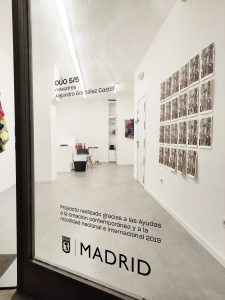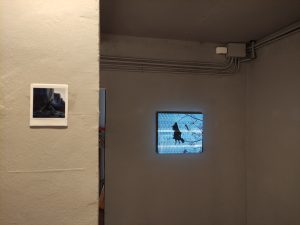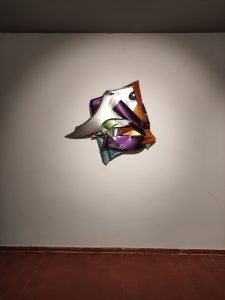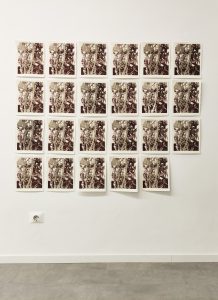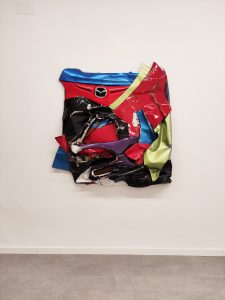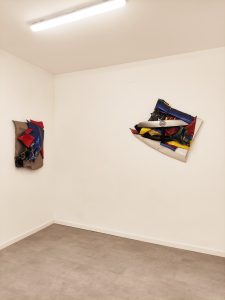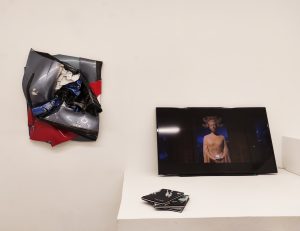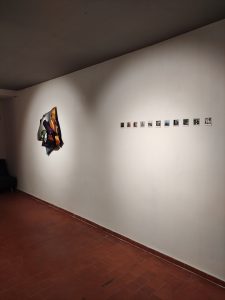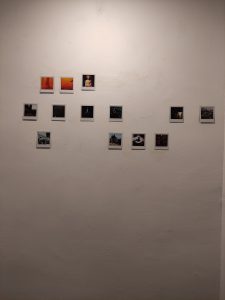DUO 5/5. Alejandro González Castillo & mAwatres
In the last exhibition of the DÚO cycle, organized thanks to the Contemporary Creation Grants and national and international mobility, we have the artists MawaTres and Alejandro González Castillo, who from conceptually distant starting points offer an approach to the aesthetics of violence: the former from the statuary monumentality typical of nationalist and dictatorial political regimes, and the latter through compositions made with parts of wrecked vehicles.
mAwatres
This project is a compilation of images and video clips of fragments of films that present monumental scenes in different worlds of science fiction, utopias or any other possibility in which a universe and a way of life different from the one we know is proposed. The collected moments show how in all these possible realities proposed by cinema, the idea of public sculpture is not as developed as science, superpowers or extraterrestrial life. Men on horseback and concrete pedestals continue to populate those other monumental universes that cinema presents us with. This monumentality, drawn from the aesthetic proposals of underdeveloped political regimes, affects concepts such as hero, homeland, king, history, supremacy?
This model of memorial conceals a covert violence related to ideologies of oppression that use arguments of authority based on heroic deeds, on almost divine characters, on identity models to follow and idolize. In this moral and political superiority slip those arguments that serve to impose a specific way of life associated with these national or group mythologies, and therefore reject dissidence, diversity and what does not fit that model.
Alejandro González Castillo
“Autodesguace” is the physical place of buying and selling used car parts. This interpretation is based on the artist’s personal experience as a flâneur. In his walks through the smooth and polished surfaces of the city, the author encounters places that oppose the perfect aesthetics of the city, places of resistance. In this stopping to observe, Alejandro feels this way of stopping automatic time and awareness as a form of “self-scrapping”. This decomposition of the habitual and normative models and ways of life are the opportunity to have a more critical attitude towards the world and improve the human and intellectual quality of each instant, enriching the imaginary and aesthetic experience of the person who experiences this situation of “self-scrapping”. The provocation and invitation to the spectator to slow down is intended to place him or her at that limit that opens the way to reflection.
Although the final artifact places the past life of these fragments on a secondary plane, when confronted with one of these compositions we cannot help but question its origin. Thus, it is evident that this investment of time is propagated in all senses and the making begins as soon as the artist walks out the door of the house. It is a fieldwork that finds no rest and that continuously relates Alejandro González Castillo with the environment where he develops his activity, that is, his drift.


